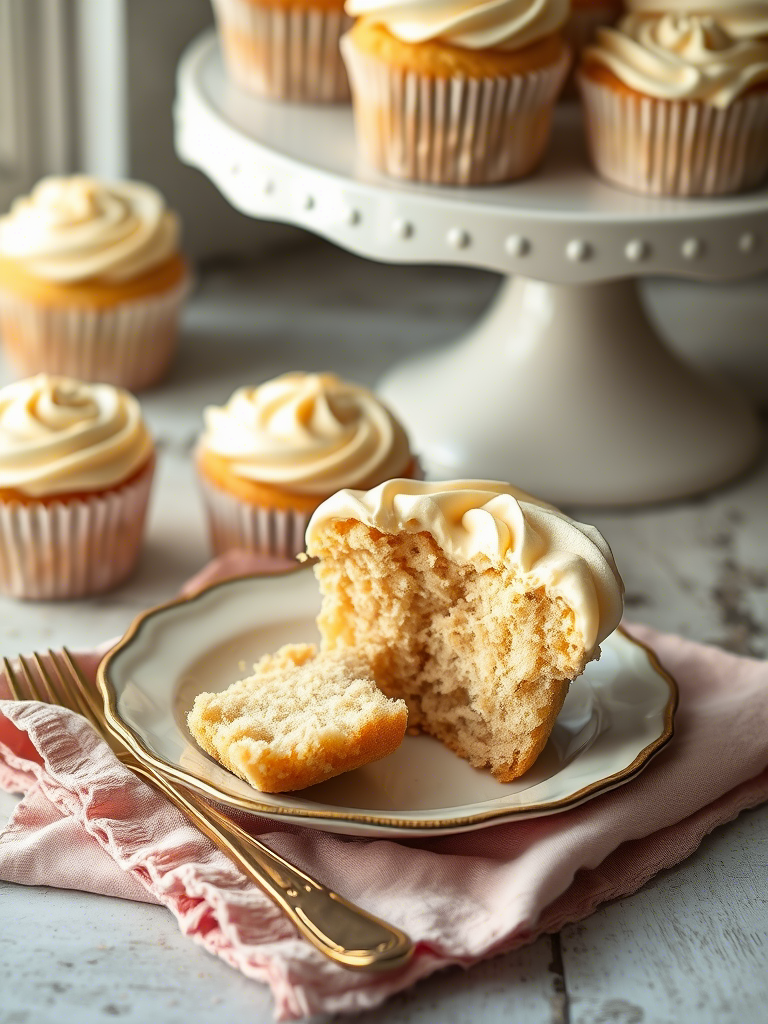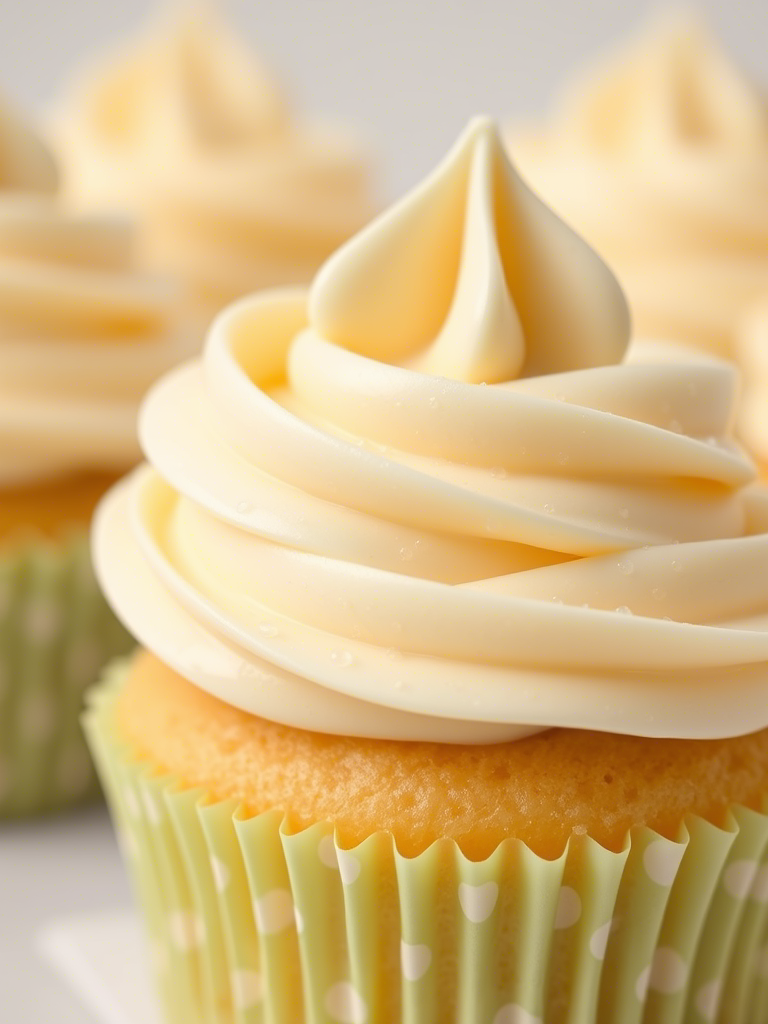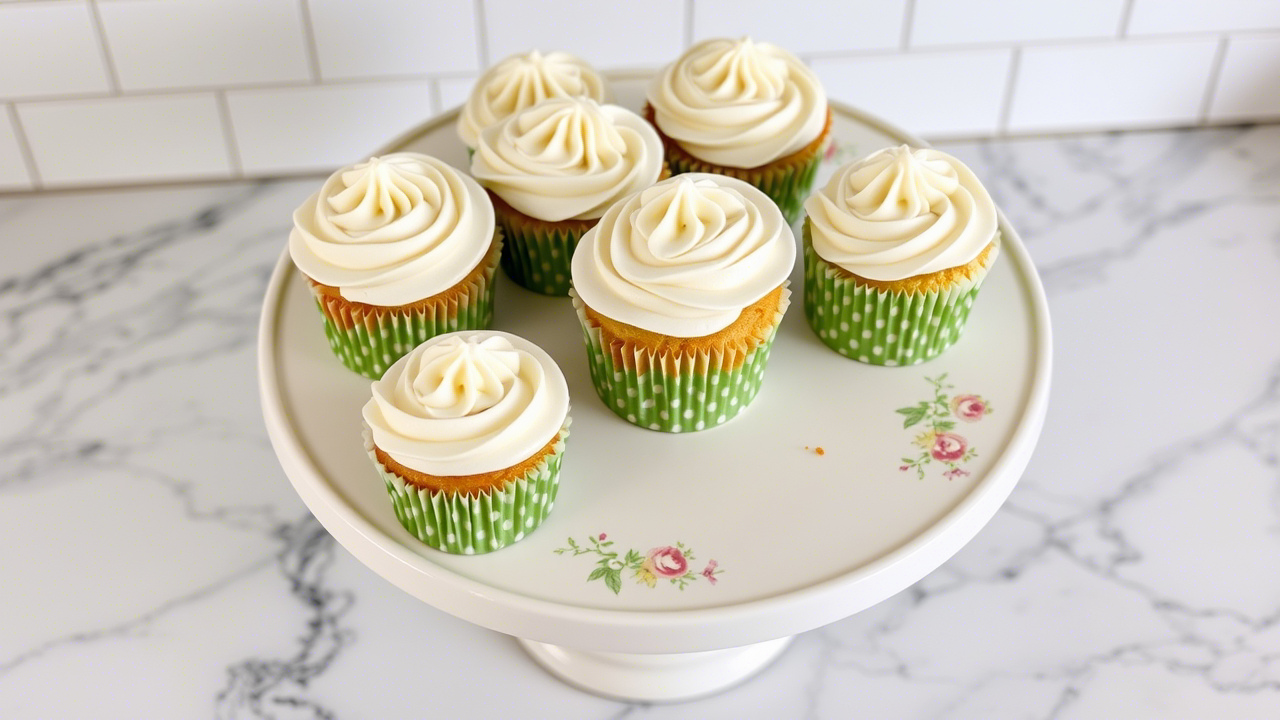They don’t call it iconic for nothin’. Magnolia Bakery cupcakes are more than just butter, flour, and sugar. They’re nostalgia in a paper liner. They’re the cupcake you remember long after the frosting’s gone, and they’ve got a cult following that’d make a rock band jealous.
Let’s cut to the chase: replicating these cupcakes at home isn’t just about copying a recipe. It’s about decoding a bakery ethos—a specific texture, a precise flavor balance, even the way the frosting spirals. In this deep-dive, we’re going into the nuts and bolts of how to craft an authentic copycat Magnolia Bakery cupcake, down to the last crumb.
The Magnolia Phenomenon: What Makes Them Special?
There’s a reason folks still line up on Bleecker Street with their phones out and their stomachs empty. Magnolia Bakery, founded in 1996, didn’t invent the cupcake, but they sure as sugar brought it back from the dead.
What’s weird (and kinda beautiful) is that these cupcakes aren’t flashy. No towering fondant sculptures. No edible gold leaf nonsense. Just vanilla or chocolate cake, piped with that signature meringue-style swirl of American buttercream.
That swirl is a dead giveaway, by the way. If your frosting doesn’t look like it’s reaching for the ceiling, you’re doing it wrong.
And then there’s the texture. Light but not airy. Moist but not greasy. Sweet but not so sweet your teeth protest.
Ingredient Truths: The Devil’s in the Details
Here’s the kicker. You can find a dozen “Magnolia Bakery cupcake copycat” recipes online and still end up with cupcakes that taste like supermarket sadness. That’s ’cause the secret’s not just in what they use—it’s in the how.
Flour Power
Magnolia uses cake flour, not all-purpose. That’s not just bougie. Cake flour has less protein—around 7–8%—compared to all-purpose at about 10–11%. That means less gluten formation, which equals a finer crumb.
A study by Cooks Illustrated showed that substituting all-purpose for cake flour increased cupcake toughness by up to 35%. Yep, they measured that.
So unless you like cupcakes with the texture of a muffin that’s seen better days, get your hands on proper cake flour.
Butter, Baby
They use unsalted butter at room temp, whipped within an inch of its life. Magnolia’s cupcakes start with a creamed butter base, which aerates the batter. That’s where the lightness comes from.
Use cold butter? You get dense cupcakes. Melted butter? Might as well make brownies.
And don’t go reaching for margarine or shortening. Magnolia uses the real deal. Always.

Eggs Matter More Than You Think
Room temp eggs. Always. Cold eggs make the batter seize up and won’t emulsify properly. That messes with texture and rise. And don’t even think about skipping the full eggs—Magnolia’s formula relies on whole eggs for richness and structure.
If you wanna get technical, egg proteins coagulate at 144–158°F. That’s the scaffolding your cupcake needs to keep from collapsing like a bad souffle.
The Method Behind the Magic
It ain’t just what you throw in the bowl—it’s how you do it.
Cream, Cream, Cream
Creaming butter and sugar isn’t just mixing. It’s a process that takes 3–5 minutes with a stand mixer on medium-high. You’re not just combining; you’re creating micro-pockets of air that give the cake its lift.
Undercream and you’ll get flat-topped cakes. Overcream and they dome too much. There’s a sweet spot. Literally.
Alternate, Don’t Dump
Once you’ve creamed, you add dry and wet ingredients alternately. Always start and end with the dry. This keeps the emulsion stable and prevents curdling.
The most common rookie mistake? Dumping all the milk in at once. That breaks the emulsion and gives you cupcakes that bake unevenly.
Let’s Talk Frosting: It’s Not Just Sugar Slap
Magnolia’s frosting isn’t Swiss or Italian. It’s classic American buttercream—but with a twist.
It’s whipped for a long time. Like, a long time. We’re talkin’ 5–6 minutes until it’s almost mousse-like. That extended mixing traps air and changes the texture from gritty to cloud-like.
They use a 1:2 ratio of butter to sugar, but it’s not about the numbers. It’s about texture and mouthfeel. The key? Add a splash of milk or heavy cream, and beat until the color lightens. That’s your clue you’ve gone far enough.
Oh, and vanilla. Not the fake kind. Real vanilla extract or paste. Magnolia uses Madagascar Bourbon vanilla, which adds floral, almost smoky notes that cut through the sugar.

Frosting Technique: Yes, It Matters
You want that signature swirl? Use an offset spatula or the back of a spoon. Start in the center and spiral out and up, turning the cupcake—not your wrist.
Takes practice. You’ll mess it up a few times. That’s fine. Eat your mistakes.
The Case for Room Temp Cupcakes
Another under-discussed thing: temperature. Magnolia serves their cupcakes at room temp. Why? Because buttercream straight from the fridge tastes like…well, cold butter.
Let them sit 20 minutes before serving. Makes a world of difference. Promise.
Copycat Recipe: As Close As You’ll Get
Here’s a real-deal, close-as-you-can-get recipe used in professional kitchens that emulate Magnolia-style cupcakes. Tested. Retested. And loved by clients who know better.
Cupcakes (Makes 24)
- 1 cup unsalted butter, room temp
- 2 cups granulated sugar
- 4 large eggs, room temp
- 1 ½ cups self-rising cake flour (White Lily or Swan’s Down)
- 1 ¼ cups all-purpose flour
- 1 cup whole milk, room temp
- 1 tsp pure vanilla extract
Frosting
- 1 ½ cups unsalted butter, room temp
- 6 cups powdered sugar, sifted
- ½ cup whole milk or heavy cream
- 2 tsp pure vanilla extract
- Pinch of salt
Method
- Preheat oven to 350°F. Line cupcake pans with paper liners.
- Cream butter until pale and fluffy. Add sugar gradually. Beat 3–4 mins.
- Add eggs one at a time, mixing well after each.
- Whisk flours together in separate bowl.
- Add dry mixture alternately with milk + vanilla, starting and ending with dry.
- Spoon batter ¾ full. Bake 20–22 mins until tops spring back.
- Cool completely before frosting.
For the frosting: whip butter until creamy, slowly add sugar, milk, vanilla, and salt. Beat until light, fluffy, and slightly glossy.
Use a large ice cream scoop or spatula to mimic Magnolia’s dome shape.
Professional Tips You Won’t Find on the Back of a Bag
- Rest the batter 10 mins before scooping. This lets the flour hydrate and gives a more even crumb.
- Use an oven thermometer. Most home ovens lie by 15°F. No joke.
- Use a digital scale. Volume measurements are for suckers.
- Want chocolate? Sub ½ cup flour with Dutch cocoa and add ¼ tsp baking soda.
Common Mistakes (And How Pros Avoid ‘Em)
Mistake #1: Overmixing after flour is added. You beat in strength. You want tenderness. Mix just until the streaks disappear.
Mistake #2: Frosting too early. Warm cupcakes = melted mess.
Mistake #3: Cheap vanilla. Just don’t. If you’re investing in cake flour and real butter, don’t ruin it with artificial extract.
A Quick Word on Trends
Buttercream’s having a renaissance, and Magnolia-style cupcakes are resurging with Gen Z foodies. Why? They’re retro, photogenic, and not loaded with fondant.
We’re seeing riffs—Earl Grey cupcakes with lavender frosting, matcha and white chocolate versions—but the OG vanilla-on-vanilla combo still rules.
Even Magnolia’s started adapting, offering seasonal variations. But the base formula hasn’t changed in nearly three decades. That says something.
Final Takeaways: What You Need to Know
You’re not just baking cupcakes. You’re building memories that taste like New York, 1996. Like Carrie Bradshaw walking past a bakery window. Like your best friend handing you one on a Tuesday just ’cause.
Magnolia’s secret isn’t in a lab. It’s in execution. Technique. Patience. And a little bit of showmanship.
So if you’re serious about nailing this, don’t cut corners. Measure with precision. Cream like you mean it. And swirl that frosting like you’ve got an audience.
And when you bite in? It should taste soft, sweet, slightly old-fashioned—and like you’ve just pulled a piece of NYC into your kitchen.
Now go make ’em.
2/2
FAQs
What flour does Magnolia Bakery use for their cupcakes?
They use cake flour for a finer, softer crumb.
Why is creaming butter and sugar important?
It traps air to give cupcakes their light texture.
Can I use all-purpose flour instead of cake flour?
You can, but the cupcakes will be denser and tougher.
What kind of butter is best for Magnolia-style cupcakes?
Unsalted, real butter at room temperature.
Why should eggs be at room temperature?
Room temp eggs emulsify better and improve texture.
How long should I cream the butter and sugar?
About 3–5 minutes until pale and fluffy.
What’s the key to Magnolia’s frosting texture?
Whip buttercream for 5–6 minutes until light and mousse-like.
How do I get the signature frosting swirl?
Start in the center and spiral upward, turning the cupcake, not your wrist.
Should cupcakes be served cold or room temperature?
Room temperature for the best flavor and texture.
Can I substitute milk for heavy cream in the frosting?
Yes, whole milk or heavy cream both work fine.
What common mistakes should I avoid?
Overmixing after adding flour, frosting warm cupcakes, and using fake vanilla.
How does alternating dry and wet ingredients help?
Keeps the batter stable and prevents curdling.
Does resting the batter before baking help?
Yes, resting 10 minutes hydrates flour for even crumb.
What’s the best way to measure ingredients?
Use a digital scale for accuracy.
Are there popular variations of Magnolia cupcakes?
Yes, seasonal and flavored twists like Earl Grey and matcha exist but vanilla remains classic.

Mariana is a passionate home cook who creates delicious, easy-to-follow recipes for busy people. From energizing breakfasts to satisfying dinners and indulgent desserts, her dishes are designed to fuel both your body and hustle.
When she’s not in the kitchen, she’s exploring new flavors and dreaming up her next recipe to share with the Foodie Hustle community.

